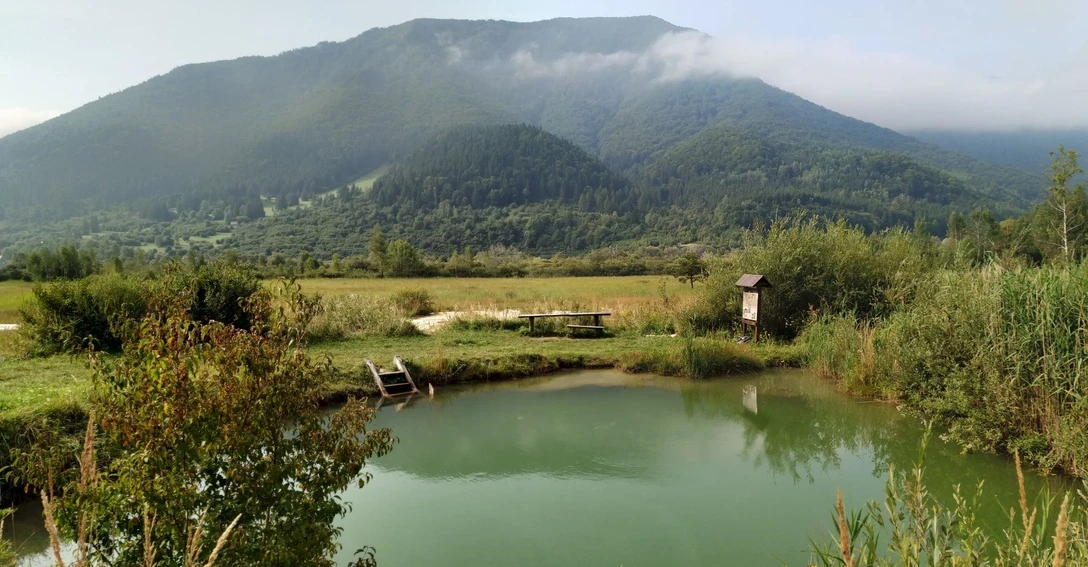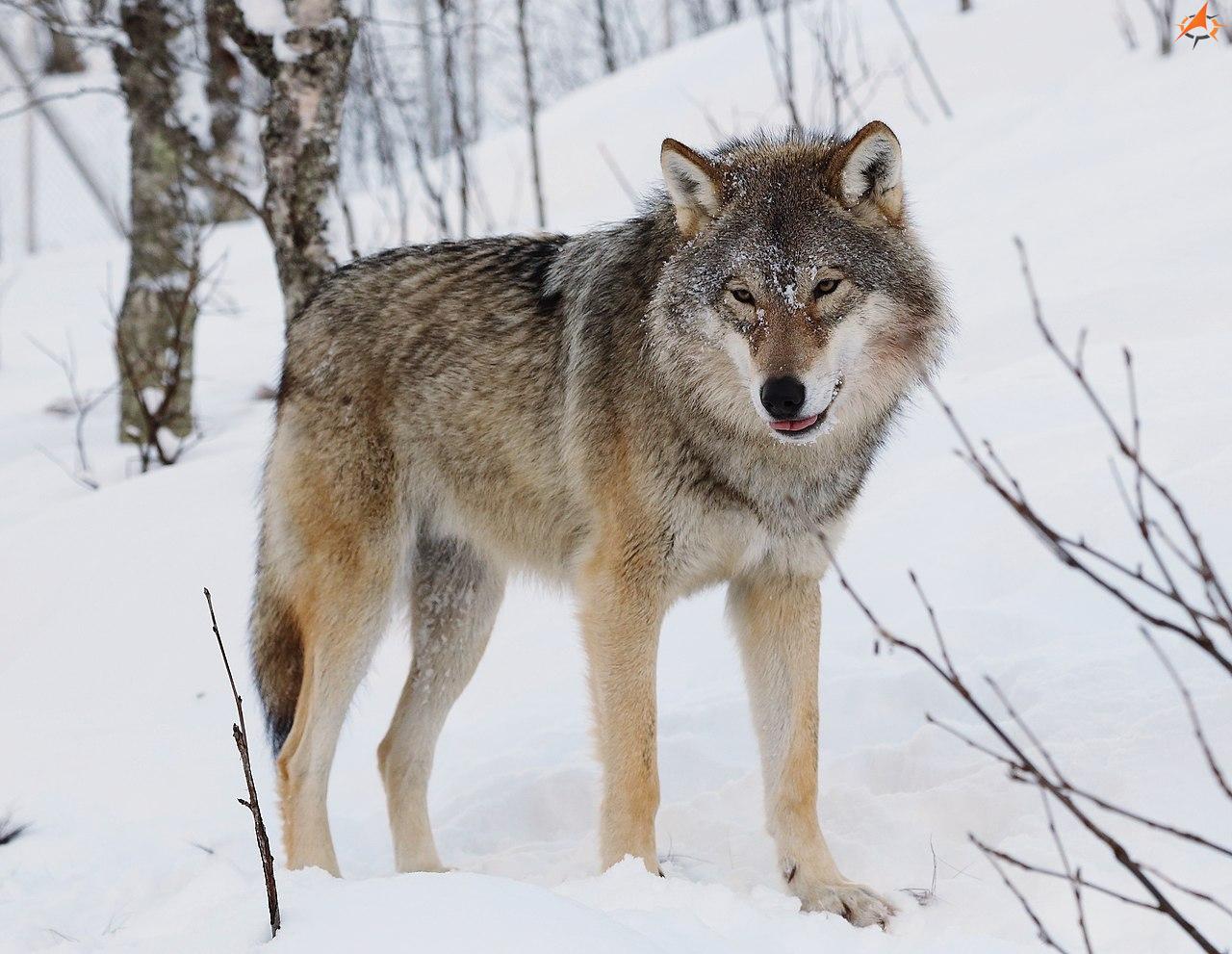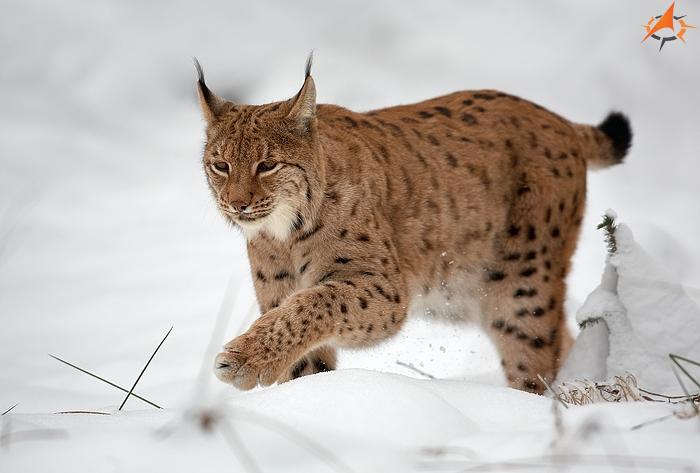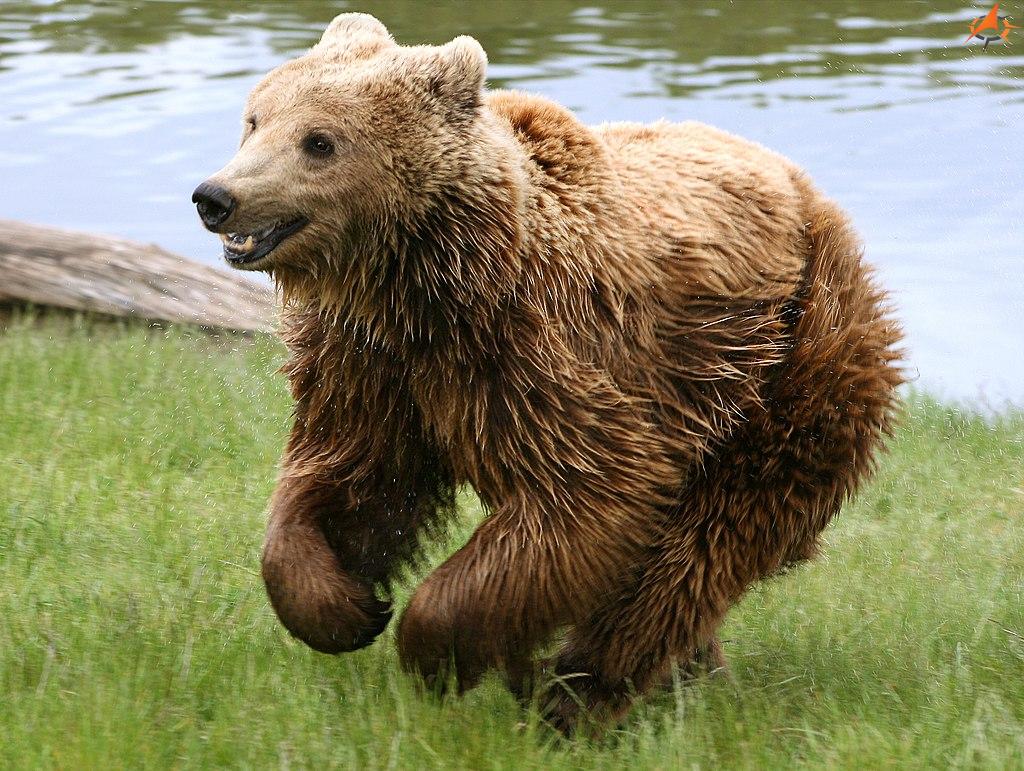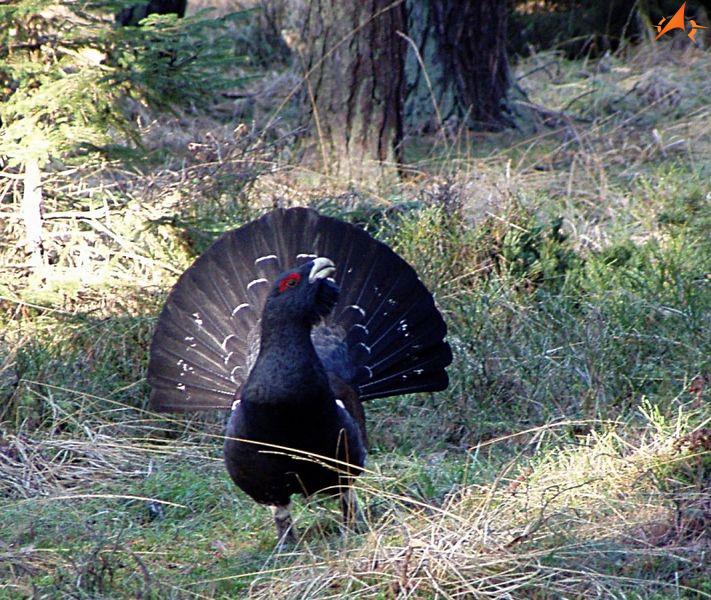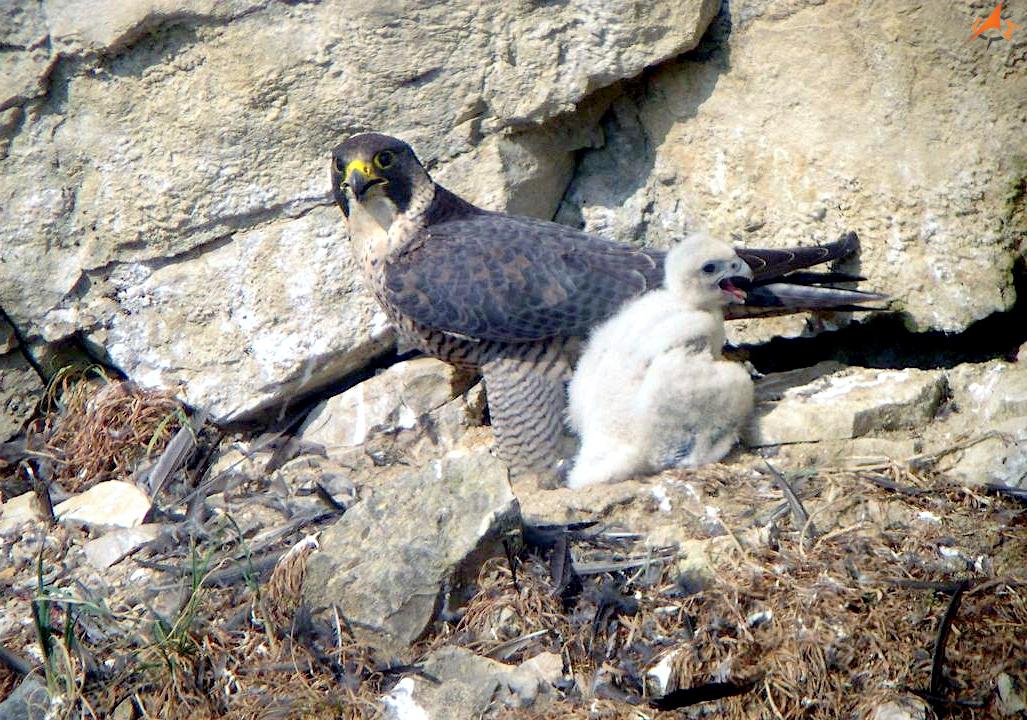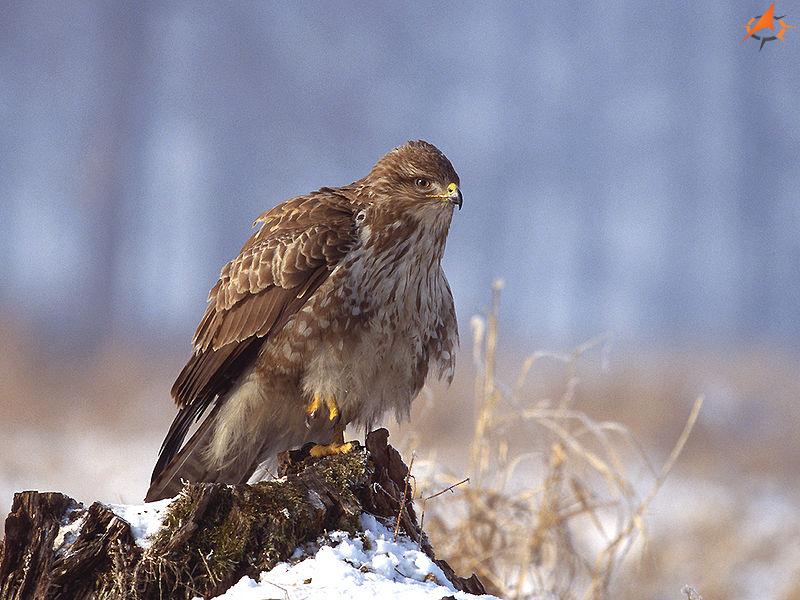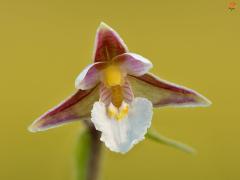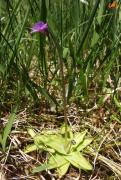Stankovany - Močiar Reservation:
Unique travertine formations that form around springs of strongly mineralized water. Its presence in the locality conditions the occurrence of species and biotopes of European and national importance. The 4th degree of protection is applied here . Efforts to restore and build a swimming pool in the past led to deterioration of the territory. Currently, the longer stay of bathers and the pollution of the surroundings with waste have an adverse effect on the environment.
The flora of the Močiar Nature Reserve is unique, dependent on the presence of mineralized water in the area. PR Močiar became part of the pan-European system of NATURA 2000 . It was the springs of mineral waters that enabled the development and preservation of rare plant communities. Research by scientists dates the age of the reservation to 12,000 years .
There is a small lake in the locality, the diameter of which is approximately 10 m. The water is slightly cloudy, smells faintly of hydrogen sulfide, a fine coating forms on the surface. It is a sulfur-carbon mineral and thermal spring with beneficial effects for the treatment of skin diseases, for the support of the locomotor and digestive system (especially for stomach and intestinal diseases).

video: A demonstration of a mineral spring well right next to the lake
Sulfur well:
There is a mineral spring in the locality. The borehole is 67m deep and collects water in the travertine bed at a depth of around 6m and brings it to the surface. The water from the spring spills over and forms small sediment ponds.
Fauna around Stankovany:
"On the sunny slopes and rocks, there are vipers and lizards. Among the birds of prey there are grouse , grouse and partridges the common hawk , the mountain buzzard and the peregrine falcon are widespread . Many species of fish live in the streams and rivers, such as brown trout , grayling , graylings , graylings and graylings . In connection with the improvement of the water purity in Váh, you can admire graylings during spawning right in Ružomberok. No other city in Central Europe can boast of this. Small mammals include the dormouse and squirrel , and the carnivorous fox and marten . The karst areas are characterized by a large number of bats. Among the larger animals, lynx The brown bear is still found in all the surrounding mountains. Wolves have recently returned to lower Liptov . Among even-toed animals, wild boar and Carpathian deer are abundant." source: www.stankovany.sk
Even though some of these animals can be dangerous for us in a collision with humans (especially brown bear, spiny bear) - if we behave properly and respect their environment, we are not at great risk to life. Although due to constant interference in their natural environment, it sometimes happens that a meeting will take place. Biodiversity, which these animals and plants create, is necessary for life on Earth and, consequently, as connected containers, for the happiness of us humans.
Whether we move in the city environment, where we spend most of our life, or in nature, where we go for regeneration, everywhere we have to take into account the need to react quickly to certain risks. Therefore, here are some useful tips for you.
- How to behave when meeting a bear?
- How to behave when meeting or being bitten by a viper?
- How to behave if we find a tick attached?
- How to behave when stung by a bee, wasp or hornet?
- How to secure mountain insurance?
Flora of the surroundings of the Močiar Reservation:
The flora of the Močiar Nature Reserve is unique, dependent on the presence of mineralized water in the area. This is evidenced by the findings of cyanobacteria and algae linked to this kind of environment. Due to the 12,000-year-old nature of the reserve, there is also a saw-toothed sawfly that has been living here since the Pleistocene (the period after the end of the ice ages). The amount of calcium and magnesium in the water created conditions on the wolf travertines and their surroundings similar to those on the sea coast. The occurrence of our orchids is also significant, such as May weed, marsh sedge and dense-flowered five-finger.
Among the important species are: marsh grebe , carnivorous common penguin , primrose - all the mentioned species are protected and endangered by law. It is therefore important that we behave carefully and do not damage these protected plants by walking outside the footpath.
Photo - Marsh warbler ( Epipactis palustris ): Ivar Leidus, Photo - Common penguin (Pinguicula vulgaris): Bernd Haynold | License: CC BY-SA 3.0
Due to the fact that the area is included in the 4th degree of protection, the use of drones is not allowed - it can threaten, for example, nesting birds and have a disturbing effect on animals in the vicinity.
Photo gallery:

Site map:
Hotspots
Infographics - climate change and Biodiversity:

Contents:
Warning : PHP Startup: Failed to open stream: HTTP request failed! HTTP/1.0 400 Bad Request in /autoinstalator/joomla7/modules/mod_jux_weather_forecast/tmpl/default.php on line 48

Contribute to the discussion with your observation, photo of this location:

